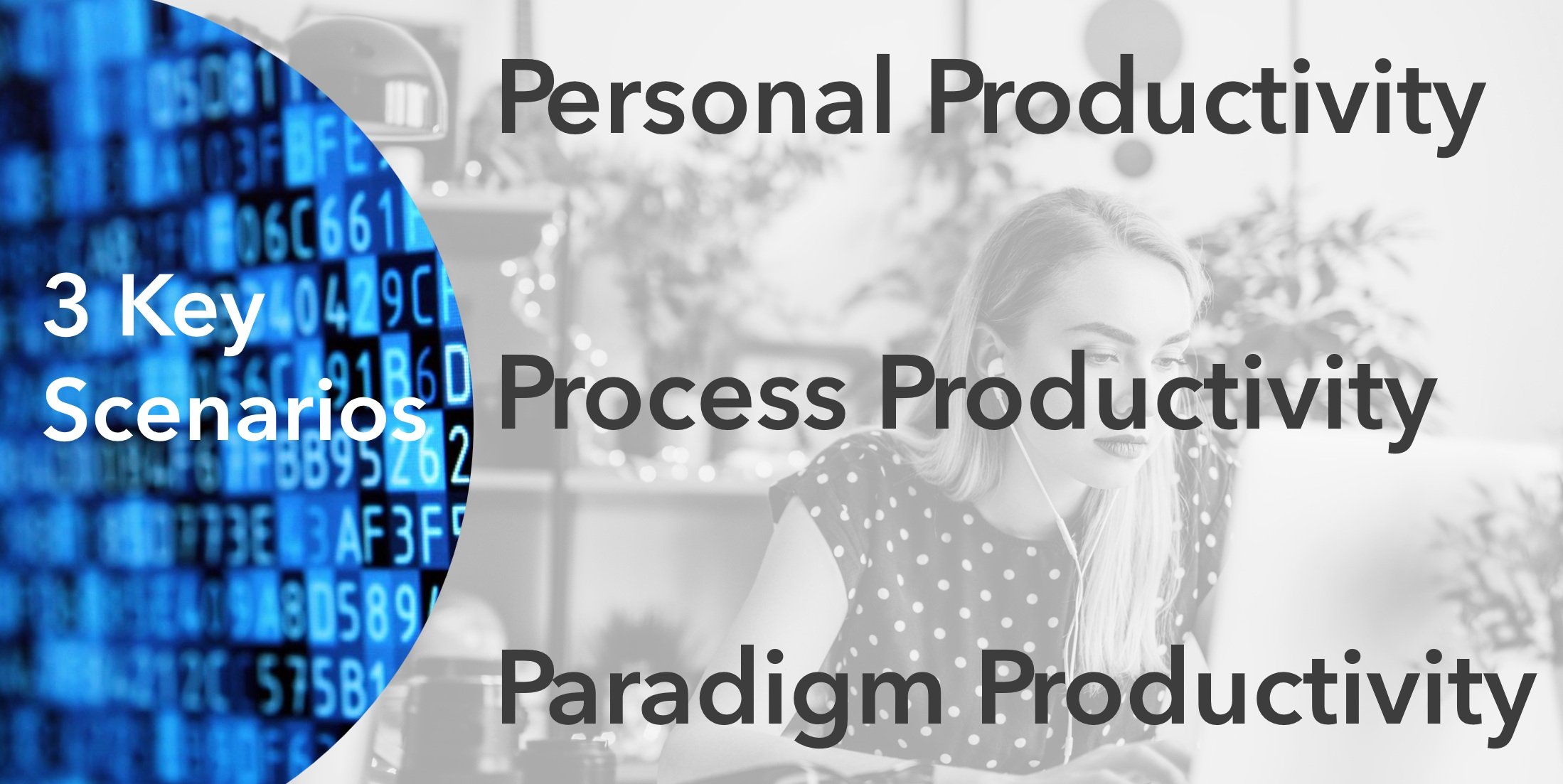The AI You Don’t See Is Already Changing Everything
Shadow AI Is Already Here. What Are You Going To Do About It?
There’s a new kind of workforce forming inside your organisation. It’s not on the org chart. It’s not in the policies. But it’s there. And it’s growing fast.
According to the new KPMG and University of Melbourne “Trust, attitudes and use of AI” report, nearly twice as many employees are using free public AI tools like ChatGPT than are using their employer-provided ones. And half admit to using AI in ways that aren’t transparent - either to their managers, their colleagues, or their systems.
This isn’t rebellion. It’s reality.
Employees are using AI because it helps them do their jobs better. Faster. Smarter. The issue isn’t that AI is being misused - it’s that most organisations haven’t kept up with how it’s being used. Policies lag behind practice. Training is patchy or non-existent. And in countries like Australia, we’re near the bottom of the global table for AI training access.
The result? A workforce that’s experimenting in the dark. People are using powerful tools with little guidance - not because they’re reckless, but because the tools are useful, and the guardrails aren’t clear. Two in three users rely on AI outputs without checking them. Almost half have seen others upload sensitive data to public tools. Most haven’t had any formal training. And yet, 60% say they feel effective using AI. Imagine what they could do with proper support.
What’s really going on here isn’t just a gap in governance - it’s a gap in trust.
If employees are hiding their use of AI, ask why. Are they unclear on what’s allowed? Are they worried their colleagues will think they’re cheating? Or are they simply moving faster than the system around them? This isn’t unlike the early days of BYOD (bring your own device) or unsanctioned internet, messaging or software use. But the scale is bigger. And the stakes are higher.
You can’t stop shadow AI. But you can shape it.
That means rethinking your approach to training, to policy, and most of all - to culture. AI literacy should be seen as a core skill, not a niche one. Policies should be living documents, not just rulebooks. And most importantly, leaders need to send a signal: we trust you to use these tools - but we expect you to do it responsibly.
Because if shadow AI is already the norm, the real question isn’t whether to allow it. It’s how to lead it.
Productivity Paradigms
And that brings us to the three pillars of AI productivity: Personal, Process, and Paradigm.
Most organisations today are still operating with AI in the personal productivity phase - where individuals are using AI to get their own work done more efficiently. That’s where the shadow AI trend is most visible.
But it’s only the beginning.
The next phase is Process Productivity - where teams and departments start reimagining workflows. Think call centres using AI to triage queries, or legal teams using it to sort documentation. This is where real gains start to scale.
Then comes Paradigm Productivity - the point where organisations stop applying AI to old models and start rethinking their entire approach. New services. New value. New business models. Think Netflix replacing video stores, or Uber reimagining urban mobility.
If AI is already being used by two-thirds of your people, the question isn’t how to catch up. It’s how to harness that momentum to move forward - faster - into the phases where real transformation happens.
So - how is your organisation meeting that challenge?

